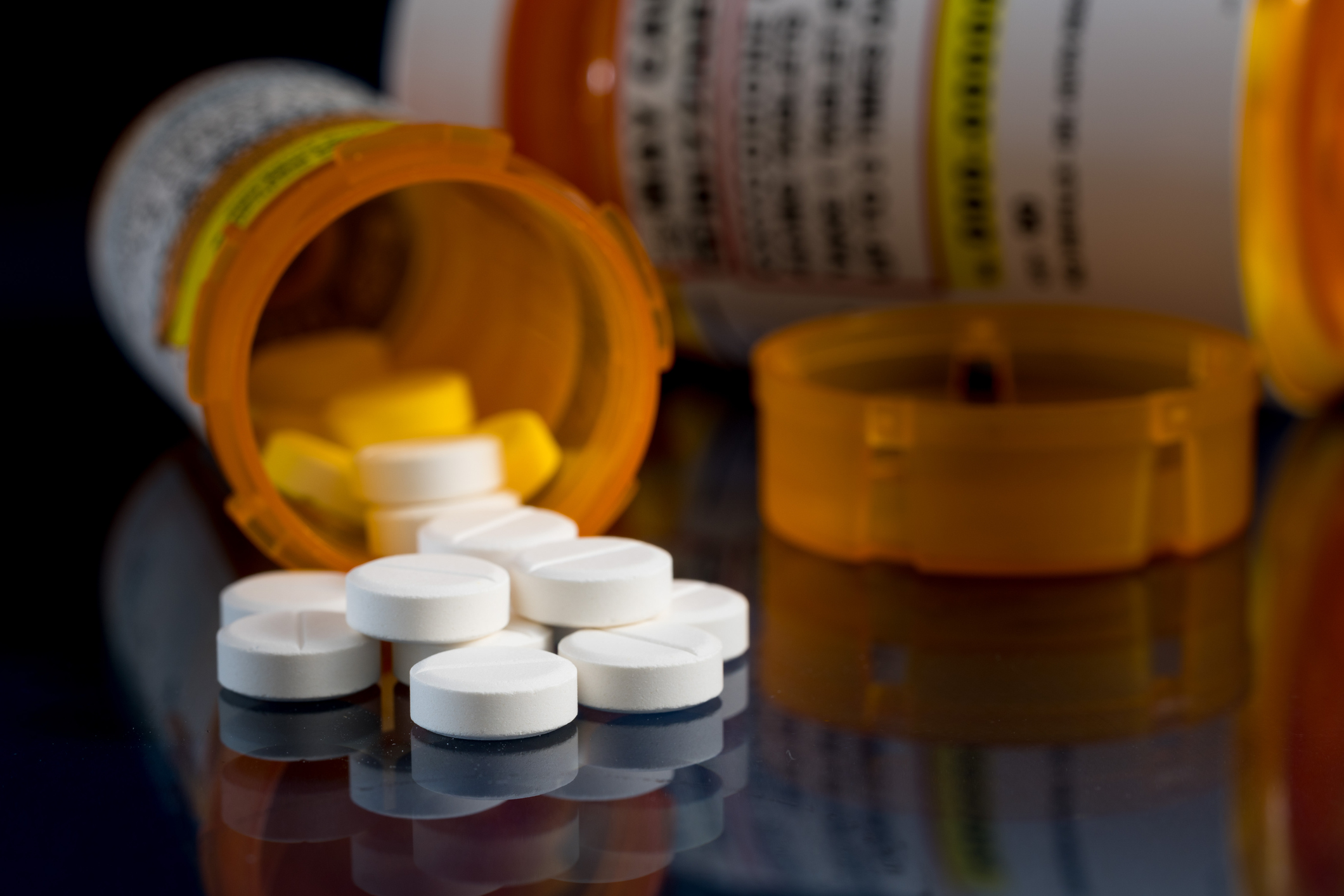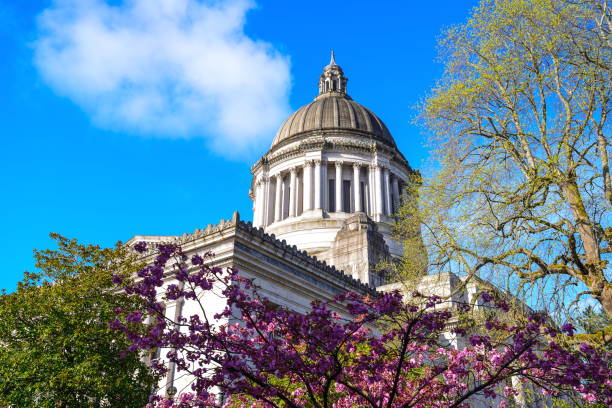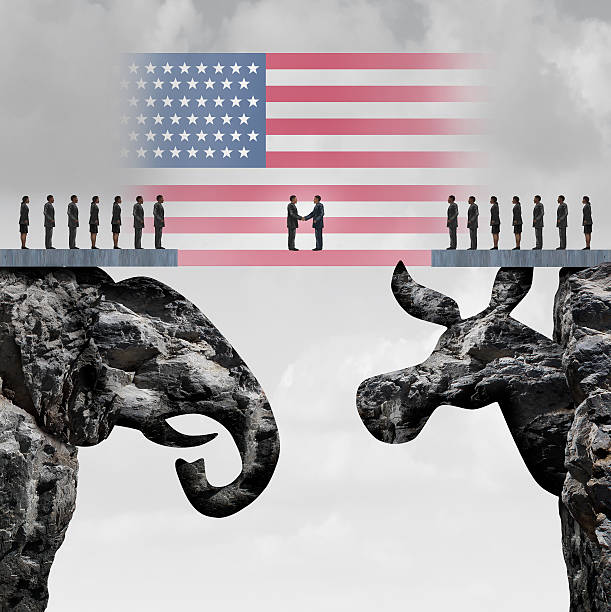The President Signs an Executive Order to Place Price Controls on Drugs

Last week, President Trump signed an Executive Order that would bring the country one step closer to price controls on drugs. (here) Pharmaceutical price controls are currently politically popular, but it is doubtful that Congress will act on any legislation this session, or at least before the November election. (here)
Fixing prices can definitely control the cost of a product or service, but the unintended consequence is that less of that product or service will be produced. This is exactly what we do not want to happen to the manufacturing of life extending and life savings medications.
As background, there are currently 8,000 drugs under investigation in the world, half of which are being developed in the United States. The U.S. has four percent of the world’s population, but produces 44 percent of all medical research and development in the world. Over 1,000 drugs are in clinical trials in the U.S. to treat the coronavirus alone, with 135 potential vaccines. (here)
The President’s Executive Order has four parts. The first would require Medicare to purchase drugs at the same prices that other countries pay based on the International Pricing Index. The second part would allow for the importation of drugs from other countries, for example Canada. There is no question that American consumers pay higher prices for medications and actually subsidize drugs for other countries. Controlling prices for the U.S., as well as other countries, would limit profits for drug manufacturers and unfortunately limit funds available for the research and development of new pharmaceuticals.
The third part of the E.O. would lower the costs of insulin specifically. The fourth part would give any drug discounts to patients, rather than pharmaceutical benefit managers or drug middle-men.
Executive Orders require a lot of bureaucratic work to organize and implement. It could take months or years before any of the four parts of this drug price control E.O. would actually take place.
If public officials really want to bring prices down and increase competition in the drug industry, they should focus on streamlining the government drug approval process to decrease the time and money manufacturers devote to bringing a new drug to market. Depending on the study, the average cost of bringing a drug to market today is $2.5 to $5 billion and takes 10 to 15 years to get through the government regulatory process. (here) There is even a backlog of generic drugs awaiting government approval. (here)
Putting price controls on drugs would not solve the fundamental problem of our health care delivery system. Unlike the electronics or computer markets, in health care a third party, either the government through Medicare, Medicaid and Obamacare, or employers through insurance companies, pays for the majority of health care in the United States. Drug wholesalers and pharmaceutical benefit managers may negotiate better drug pricing, but this comes at a cost that is not readily transparent. Patients, as consumers of health care, and doctors as providers, are isolated from the actual costs of drugs and treatments.
Throughout our economy, a vigorous and creative free market, without third party interference, results in better products at cheaper prices every day with constant improvement. Allowing patients, in consultation with their providers, to decide which drugs are best clinically and financially for them should be the goal of health care reform, not damaging price controls.







